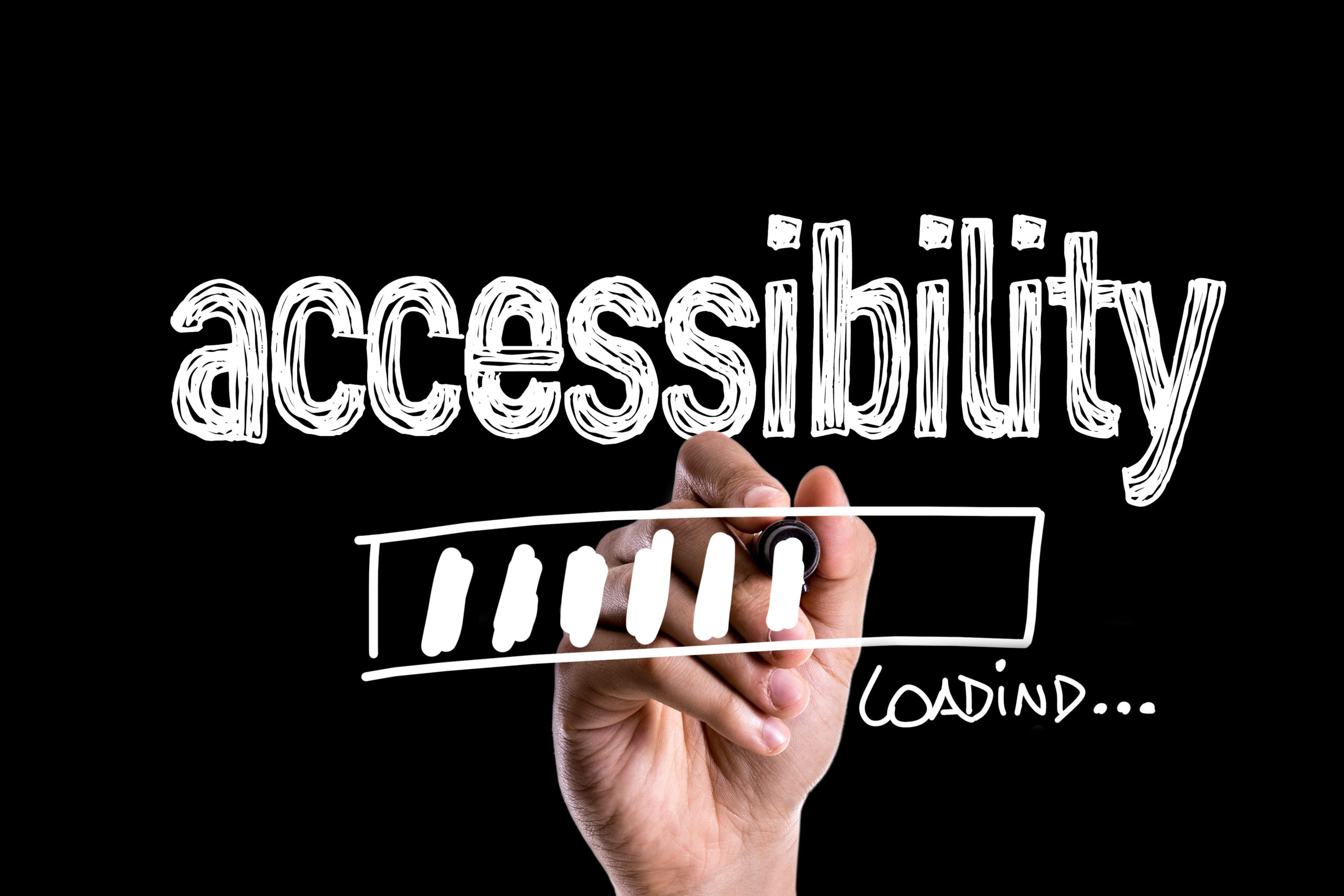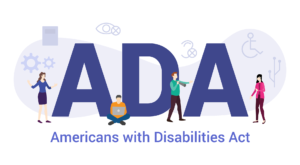Start creating a culture of respect and inclusivity at your meetings and events by asking the right accessibility questions of your venue, staff and participants.
The buzzword of the moment in the Meetings and Events space is inclusivity. While this is generally associated with diversity, they aren’t the same. Inclusivity is the practice of intentionally including those who have been excluded or disregarded, often those who have disabilities or members of minority groups. As an association professional, it is your responsibility to meet reasonable requests for accommodations for your participants.
If you have never had a request for accommodation, you may not even know where to start. Here are a few steps you may follow to make sure your association’s meeting welcomes all abilities:
Start at the Site Visit
When choosing your meeting location, make sure you are looking at the venue through an ADA lens. Better yet, ask for a person with a disability to accompany you on the site visit. The best way to know if the carpet/flooring is an impediment for a wheelchair is to ask someone in a wheelchair. Just remember all wheelchairs aren’t the same – there are manual, power, scooters, etc. Having someone with you may not always be possible, so make sure you are aware of potential accessibility barriers during the site visit. Ask yourself:- Property – Is there a service dog relief area? Is there an opportunity to create a fragrance-free environment? Can the timing on the elevator doors be slowed to allow additional time to exit? Is a keycard required to access certain floors? If so, is this an impediment? Do you have access to a room that can be utilized as a Quiet Room/Relaxation Room?
- Parking – Are there varied options to accommodate high-top vehicles? How close are they to the meeting space? Can additional parking be temporarily marked as handicapped spots?
- Restrooms – Are public space restrooms accessible? If not, can doors be propped open? Is there a gender-neutral restroom available? How many accessible stalls are available?
- Guest rooms – Accessibility means many different things, so make sure the level of accessibility fits your attendees’ specific needs. If a roll-in shower or shower chair is needed, can this be accommodated? Look at the height of beds and counters: Are they appropriate for wheelchairs? Can furniture be removed to allow for additional space in the guest rooms?
- Signage – Is it clear and helpful?
Ask Lots of Accessibility Questions
During the registration process, capture as much information as possible. If you have a question about something in a participant’s request, don’t assume; take time to clarify. Consider adding some additional information-gathering questions on the registration form like:- Do you require: Assistive listening device; Captioning; ASL; etc.?
- Do you have a Service dog?
- How would you like your Program/handouts available? Large print; Braille; Electronically; etc.?
- Dietary Restrictions: This doesn’t refer to fads, but medical necessities. Make sure your options are as specific as possible with allowance for the registrant to add their own requirements. Some participants may need soft foods or require pre-cut meals.
- Remember, these questions aren’t an either/or scenario but rather an all-the-above. At the end of the registration form, always add a fill-in option – “Share any additional needs you may have for this meeting. Please be as specific as possible” – and provide the deadline to meet their stated needs.


